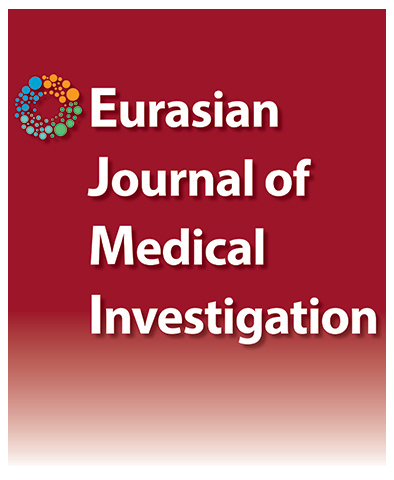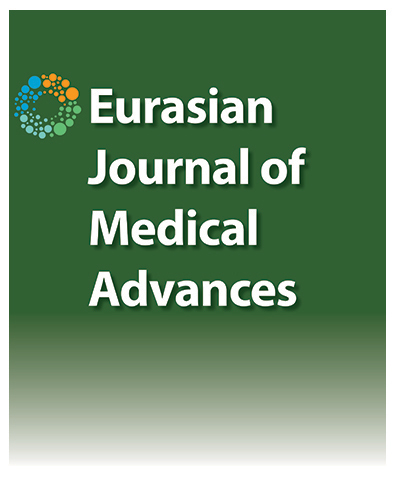In Silico Interaction: The Study of Herbal Compounds Against Wilson Disease
Saumya Singh1, Ashish Anjankar1, Surbhi Singh2, Royana Singh21Department of Biochemistry, Jawaharlal Nehru Medical College, Sawangi (m), Wardha, Maharashtra, India2Department of Anatomy, Institute of Medical Sciences, Banaras Hindu University, Varanasi, Uttar Pradesh, India
Objectives: Wilson disease is an autosomal recessive copper balance disorder that causes liver damage and neurological disturbances to varying degrees. ATP7B protein, a hepatic copper-transporting protein, which is encoded by the defective gene ATP7B, is essential to human copper metabolism. A molecular docking technique has been employed to explore the potential of natural compounds targeting ATP7B protein as therapeutic agents for Wilson's disease. Methods: Neuroprotective natural compounds were screened based on the Lipinski Rule of 5, well-established criteria for drug-likeness. Molecular docking was performed using AutoDock 4, and the resulting complex structures were visualized and analyzed with the Biovia Discovery Studio 2020 visualizer. Subsequently, a detailed docking analysis of the selected natural compounds was conducted to identify potential lead compounds with high binding affinities to ATP7B protein. Docking of known drugs were also performed with ATP7B protein to compare the binding energies of the known drugs with top 5 selected natural compounds.
Results: Among all the docked compounds, the top five natural compounds, namely Disogenin, Hecogenin, Withanolides, Berberine, and Anaferine. Their binding energies ranged between -9.04 kcal/mol to -7.32 kcal/mol, suggesting strong interactions. Non-bonded interactions of these compounds show favorable interactions with ATP7B protein. All the selected synthetic compounds name as D-Pencillamine, Tetrathimolybdate, and Trientine showed higher binding energies of -3.65 kcal/mol, -5.02 kcal/mol, and -7.20 kcal/mol.
Conclusion: As compared to known synthetic drugs our findings revealed that Disogenin, Hecogenin, Berberine, and Anaferine, demonstrated the lowest binding energies with ATP7B protein. As we know that synthetic drugs have also adverse side effects as compare to natural drugs. These compounds can serve as potential therapeutic agents against Wilson's disease, offering a new avenue for the development of treatments targeting the mutated protein for molecular mechanisms of this devastating condition. Further experimental validation is warranted to confirm the efficacy and safety of these compounds in the context of Wilson disease therapy.
Manuscript Language: English






